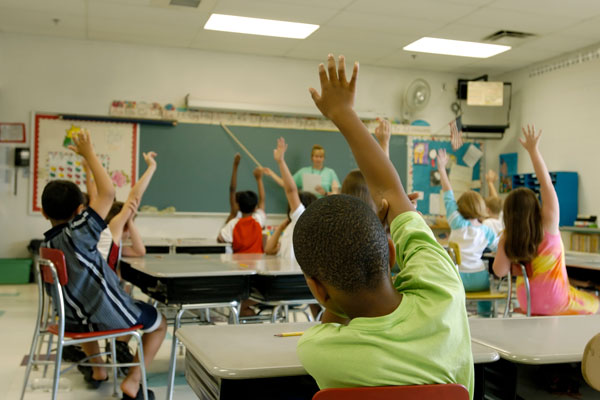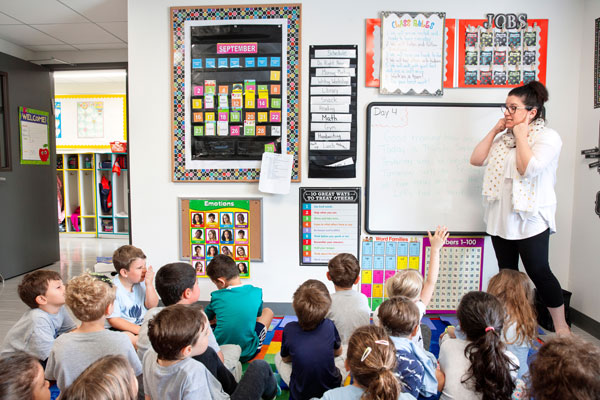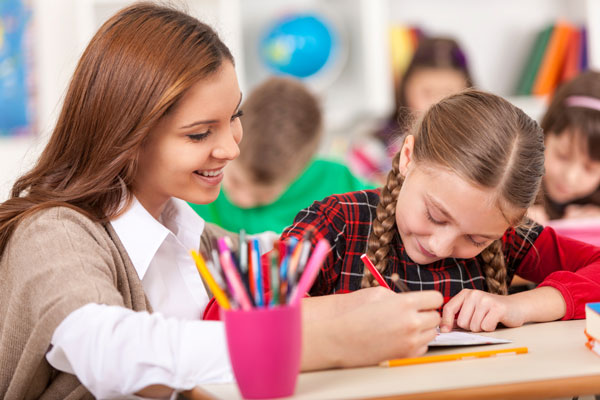Of the more than 2 million students diagnosed with specific learning disabilities and receiving special education services, more than 70% experience deficits in reading. The National Center for Learning Disabilities states one in five children have learning and attention issues such as dyslexia or ADHD. Children with intellectual disabilities and... read more →
May
26
May
12
As an instructional coach, I want to support teachers in empowering students to take control of their own learning. As a reading specialist, I want to support teachers in creating productive and purposeful opportunities for in-class reading strategies. In this context, I’m not referring to choice reading time where students... read more →
May
10
Hundreds of studies over decades of research show Direct Instruction (DI), with its clear and explicit, teacher-focused, incremental learning, is highly beneficial for broad ranges of students. Let's briefly define Direct Instruction and discuss some implementation tips to ensure your DI strategies engage your students and successfully impart essential knowledge.... read more →
May
05
Decades of research—many included in a comprehensive meta-analysis for the Review of Educational Research—document strong positive results for the Direct Instruction model. That isn't to say it's the only successful pedagogy approach. There's ample evidence that student-centered experimental, inquiry-based, and non-directive learning encourages students to think critically, foster genuine curiosity,... read more →
Apr
21
In a study conducted to determine the effects of a classroom management program (Consistency Management & Cooperative Discipline®) on student achievement, researchers determined that "Classroom management becomes the gatekeeper to student learning by either supporting a consistent and predictable classroom or allowing a disruptive, chaotic, and random learning environment to... read more →
Apr
20
When many educators, including new teachers, hear “direct instruction,” they’re taken back to a university lecture hall or similar setting in which teaching is solely a one-way street lacking significant engagement, meaningful interactions, illuminating demonstrations, or constructive back-and-forths with students. While effective direct instruction indeed relies on teachers clearly and... read more →
Apr
20
Benefits and success stories are available for all styles and manners of teaching. Students come to the classroom from diverse backgrounds and may have varying learning styles or learning disabilities, making them more suited for a particular type of instruction. While there are pros and cons of teacher-directed learning, and... read more →
Apr
03
Founder of the National Institute for Direct Instruction (NIFDI), Dr. Siegfried Engelmann wrote in Theory of Instruction, “We begin with the obvious fact that children we work with are perfectly capable of learning anything that we have to teach…” The book, first published in 1982, most fully gathers and describes... read more →
Mar
22
Research shows the importance of student-teacher relationships, including increasing student engagement, motivation, test scores, and GPAs while decreasing absenteeism, dropout rates, and discipline issues. In his research on types of teacher-student relationships, principal and education author Dr. Don Parker contends that while building relationships with your students is essential and... read more →
Mar
15
Research from the American Psychological Association tells us that positive peer relationships motivate students and inspire increased classroom participation. We also see research that claims younger children with more friends are more likely to be engaged in their schooling, and also that positive peer relationships help make children more resilient.... read more →










